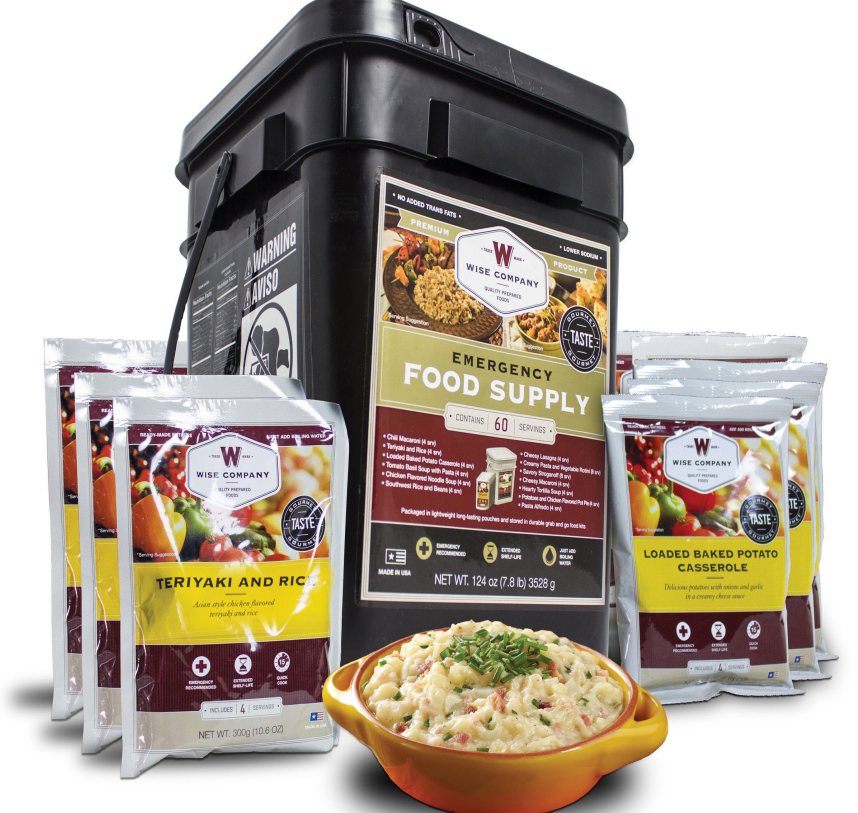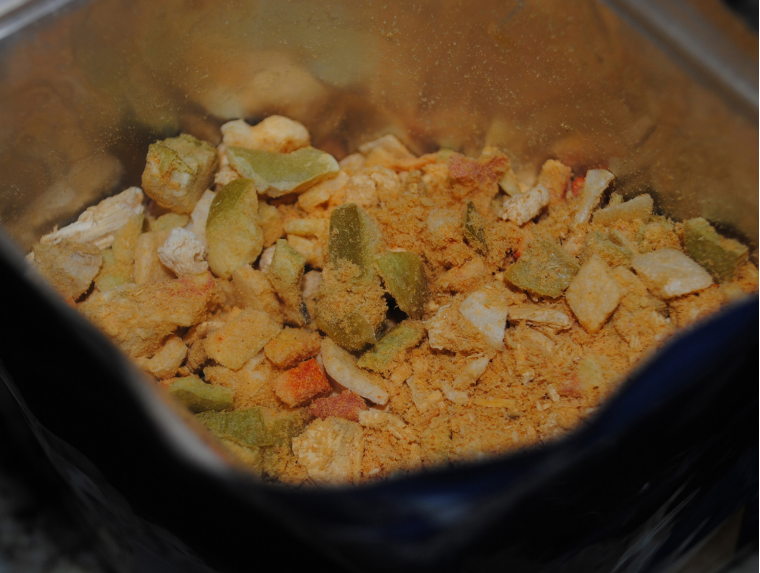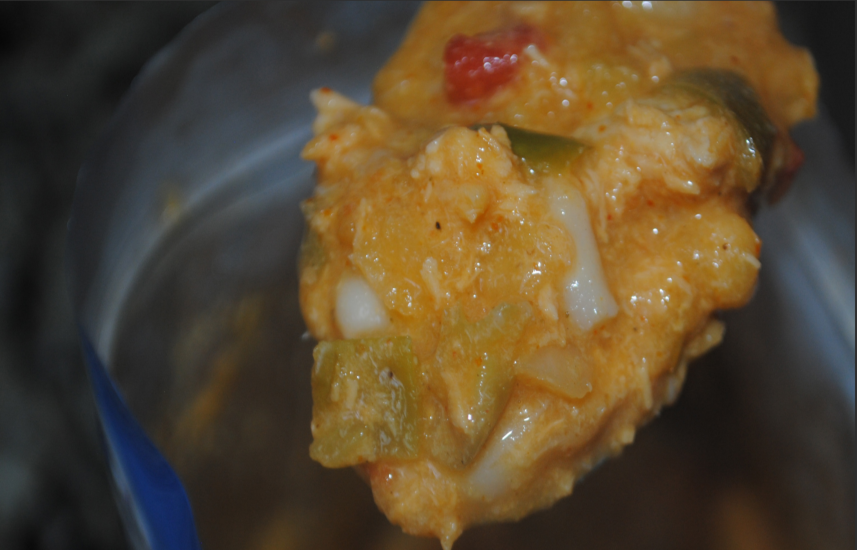When preparing for survival scenarios, there are several variables to consider. Prepping can involve securing your home, stockpiling weapons, building a medical kit and storing clean drinking water. However, the one project that most often comes to mind is storing preserved foods.
Most people aim to store enough supplies for several months of bugging in or bugging out. That means that you need to have food stored that can last without electricity to run a freezer or refrigerator. You can always stock up on ingredients like flour, beans, cornmeal and sugar. However, the best scenario is to have a pantry full of foods that are ready to eat.
In order to accomplish this, you have just a few options to consider. Canned food is one choice that instantly comes to mind. Many preppers and survivalists have huge racks built to help store, organize and rotate their canned goods. MREs (meals ready to eat) are another choice that many people rely upon. These pouches are most commonly used by the armed forces, but preppers and survivalists have adopted these products as well.

There is one other option that most people do not consider. That is freeze dried foods. There are several benefits to freeze dried foods that you cannot get through canned food or MREs. In this article we will discuss the benefits of freeze dried foods as well as the comparison between the three options.
What is Freeze-Dried Food?
Freeze dried foods are preserved through a three step process which more effectively dehydrates the food. This process is called lyophilization and eliminates 99.9% of the moisture in almost any food. First, the food is frozen which prevents any of the ingredients from melting during the drying process. Freezing can take anywhere from one hour to one full day. Then the ice turns into water vapor by putting the food in a heated vacuum. It is essentially defrosted, but the lowered air pressure causes the moisture to turn into vapor. The process can take several days and leaves the food about 95% dehydrated. It is then dried again which leaves behind a finished product that can last for decades. The temperature is raised higher and the pressure is lowered even further to remove virtually all of the moisture.
Why Use Freeze-Dried Foods?
There are several benefits to using freeze dried foods. Here are the main ones to consider:
Ease of Use – Freeze dried foods are ready to eat. There is no cooking needed unlike traditionally dried foods that may take hours to prepare. You simply open the pouch, add hot or cold water and stir for a couple minutes. This is absolutely ideal for survival and prepping scenarios. You can also freeze dry just about any type of food. Here are some examples:
- Vegetables
- Eggs
- Dairy
- Seafood
- Meats of any kind
- Fruit
- Herbs
- Entire premade meals
All of these freeze dried options are cooked before they go through the preservation process. This allows for quick preparation when the time comes for a meal.
Flavor and Nutrition – Unlike some other preservation methods that suck the taste out of the food or fill it with preservatives, freeze dried foods are delicious. They are almost as tasty as the fresh versions of the food. It would be comparable to pulling frozen food from your freezer and thawing it. In addition, roughly 95% of the nutritional value is preserved in the food. Taste is vital if you want to keep enjoying the food for months on end. However, the end goal is nutrition. You need the calories, proteins, carbohydrates, vitamins and minerals from these foods to keep you healthy and on your game. Keep in mind that we are preparing for a survival scenario in which you will likely be pushed to your physical and mental limits. Remaining healthy is vital to the survival process.
Shelf Life – Freeze dried foods have the longest shelf life of any preserved food available. The average shelf life for these foods is 25 years, when properly stored. Keep in mind that these foods may sit on your shelf for decades before you actually have to use them. You do not want to throw out expired food every few years and then spend money on new supplies.
Size and Weight – Whether you are loading up your pantry or loading up your bug out bag, size and weight matters. For foods that are not dried, 60-70% of the weight is from the water in the food. Freeze dried food has removed this making it lighter and smaller. In addition, the packages are all vacuum sealed. There is no air pocket to take up extra space.
Cost – While the initial cost of freeze dried foods are middle of the road compared to other food options, you must consider the long term cost. Over the course of 10 to 20 years you will spend significantly more on other types of preserved foods.
The Comparison

As promised, our freeze dried food will go head to head with MREs and canned food options. Let’s look at the key variables:
Cost – Canned goods cost the least because of the availability. Freeze dried foods come in second, but last much longer than other options. MREs are typically the most expensive option. You can blow your budget just buying enough for three days.
Shelf Life – Freeze dried foods last the longest at 25 years. MRE’s come in second at roughly 5 years. Canned goods come in last at 3 years. Keep in mind that these figures are averages for keeping the food in a cool, dry place out of the sun.
Taste and Nutrition – Freeze dried foods have by far the best taste and nutrition at roughly 95% of the fresh product. Canned goods come in second depending on the type of food. Some are packed with preservatives that make them taste horrible. MREs come in last. I have eaten these on several occasions, and they are rough. I recently completed a survival challenge with a military veteran, and even they would not eat the MREs they brought. We foraged for food instead.
Size and Weight – Freeze dried foods are by far the lightest and smallest. Because of the moisture, MREs come in second. Canned foods are by far the heaviest and bulkiest.
Ease of Use – MREs come in first because no water is needed. You just open the pack and consume the contents. Freeze dried food comes in second because only hot or cold water is needed. In addition, you can freeze dry a wider variety of foods versus what you can find with the other options. Canned foods come in last because a tool is often needed to open the can.

DIY Options
You may be asking yourself if freeze drying foods yourself is an option. Of course, you may already can foods yourself. My family typically will can as much of our leftover vegetables and meats as we can each year. I am sure you could make your own MREs if you really wanted to, but that process would require some research. You can freeze dry your own food, but you must have a home freeze dryer. These are available, but they are pricey. Unless you plan to stock up a huge amount of food, you are typically best to just buy the freeze dried foods that you need.
In Conclusion
As you can see, there are all kinds of benefits you using freeze dried foods as you prep for disaster. Food storage is one of the largest costs a prepper or survivalist will face as they ready their home for the worst. If you are going to spend money on preserved food, why not pick a food that is light, small, tasty, nutritious, easy, and lasts a long time. Do take the time to research the brand and products that you want to buy. You will likely need them to be shipped to you, so ideally you want to know that you are getting quality.
In addition, try out a few different items before you spend a bunch of money. There is no point in having a pantry full of foods you do not want to eat. Make your next survival food purchase a freeze dried product, and see what you think.
This article was originally published in Survival Dispatch Insider Volume 2 Issue 7.
